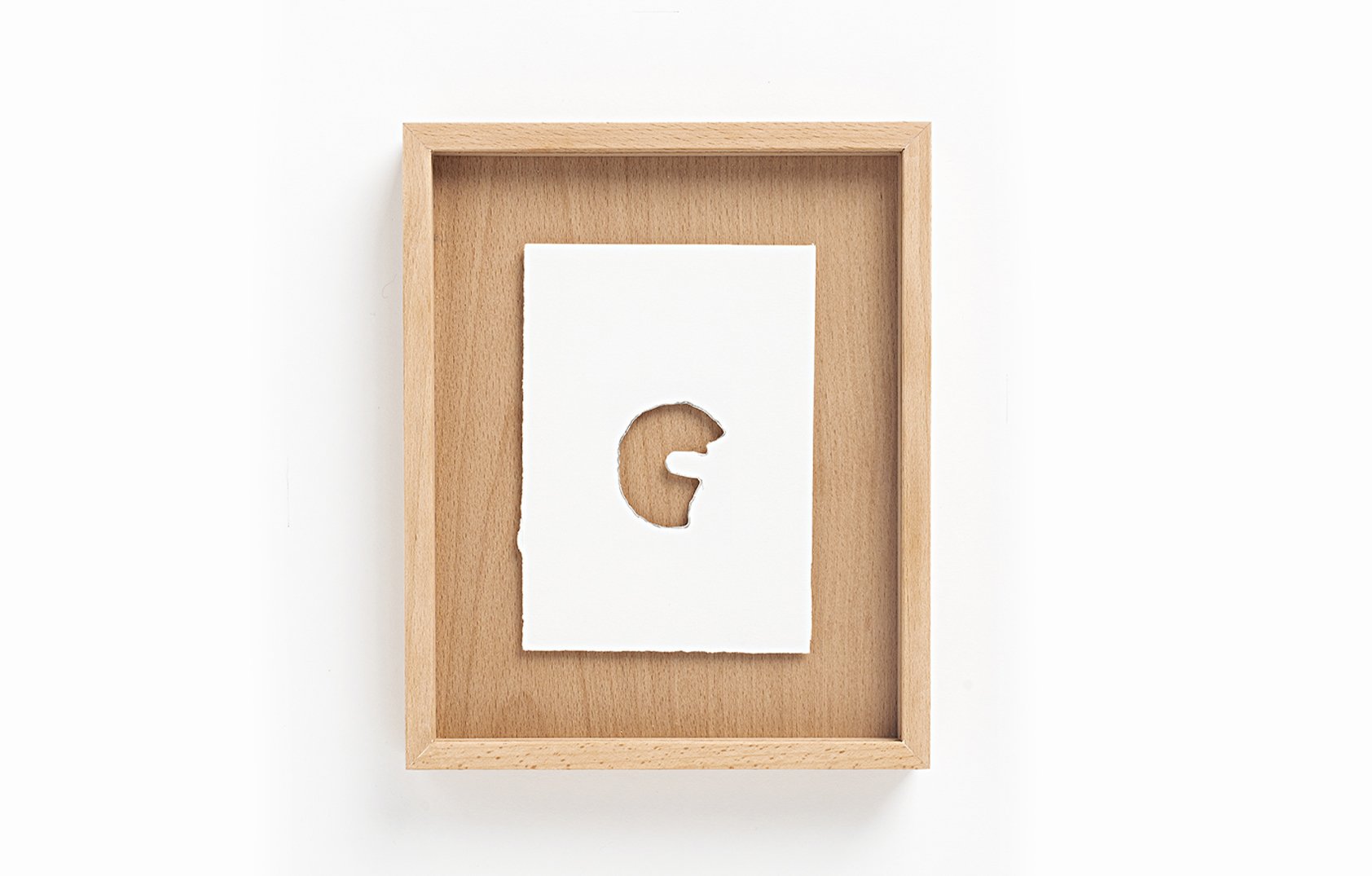Tânia Geiroto Marcelino
[Portugal, 1989]
Tânia Geiroto Marcelino (Portugal, 1989) lives and works in Lisbon. She holds a degree in Painting from FBAUL in 2013 and a master's degree in Contemporary Art Practices from FBAUP in 2017. Since 2023, she has been the chief curator at PADA Studios and is part of the organization of Hors Lits Lisboa. Her work focuses on materials and forgotten and found objects, with which she interacts through actions that demonstrate a peculiar care.
Highlighted in her recent trajectory are the following solo exhibitions: "At night I write at night during the day: Duplex AIR" (2022); "To the seagulls, to the dogs and to the nearby animals," at Rua das Gaivotas 6 (2020); "Approaching the flaw of untranslatable objects," at Maus Hábitos/Saco Azul (2017).
Photo credits: Raquel Montez
-
1. If you were to formulate your current work into questions, what could they be?
What do I do with this / what can I do with this?
(because when faced with something, especially a material, and/or before getting rid of something, I try to understand how I can integrate it into my work)
What do I want?
(in an attempt to scrutinize with understanding that which is, intuitively, apparent)
I ask many questions while working, questions that are like mechanisms for an auscultation whose answer will not necessarily come in words. The auscultation (1) of an intuitive knowledge, of a knowledge constructed by the experience of artistic practice, through its own poetic languages. In formulating these questions, I define reference points for an elaboration —the work itself—, which is necessarily more diffuse, less logical than constructing a sentence.
(1) auscultation: the act of listening to the internal sounds of the body
2. What are some points of tension driving your investigation today? (e.g., empirical, social, political, environmental)
The poetic
The environment/environmental sustainability
The consequence of things/being consequent
"The inevitable rooting in personal experiences" (1)
A posture of voluntary contamination by reality and direct relationship with the everyday.
"Of a work that directly encounters reality and, therefore, adds to its aesthetic dimension all the other dimensions present in life. Because it wants to".(2)
(1) In the Postface of "The Text-Catarina, or The Writing of Immanence" (Maria Gabriela Llansol, "The Text-Catarina", edited by João Barrento and Etelvina Santos, 2020), about the author's writing and with which formulation I deeply identify.
(2) Excerpts from a review by Fernando José Pereira, in 2018, about my artistic practice, and which since then has given words to my work, which before only what I did, without a name.
3. ENVIRONMENT - If we were to depict an Open-Studio, what does the general environment in your studio look like? - What are your main mediums (technical and/or conceptual)
A room in a house. A room whose boundaries between work space and personal/domestic living space are porous. And my main means of work are the same as my personal living. I make objects to live with and live with the objects I make or objects that other people made. I live with these materialities, colors, shapes, images, symbols...
4. PROCESS / STUDIO - What are the actions or routines that fuel your practice? What is your relationship with your studio?
Organizing the space, looking at what I have, picking up and seeing. Moving, positioning.
5. A WORK - Is there any artwork (in your production) that currently stands out? If yes, what does it propose?
The sphere drawings that propose precisely a multidirectional drawing.
On the other hand, a whole recent practice of collaboration, curation, and production. Working with other people, together — and blurring the boundaries between categories.
6. RECURRENCE - Retrospectively; How would you define the recurrences of your work - conceptual or plastic?
drawing and gestures
bodies and things in the world
the gaps that make it possible to open the world
experience
living together
relationships
7. PERIPHERAL - In the evident context that we are the product of a time, how do you see your work portraying contemporary times?
There is a very direct relationship with environmental sustainability concerns, as I work with found/recovered/used materials and whose methodology touches on movements like degrowth and slow production.
On the other hand, in not so apparent dimensions, not in the explicit and visual sense of my work, but much more in my conduct, necessarily, intersectional feminism, and ultimately, an intersectional political approach.
8. IMPACT - What impact would you like your work to have?
To open the world.
9. An action - that "incorporates" or stimulates your work.
Relating.
10. Name an artist "embedded" in practice/research.
Maria José Oliveira
MJO.
Ramos seccionados, 2012


